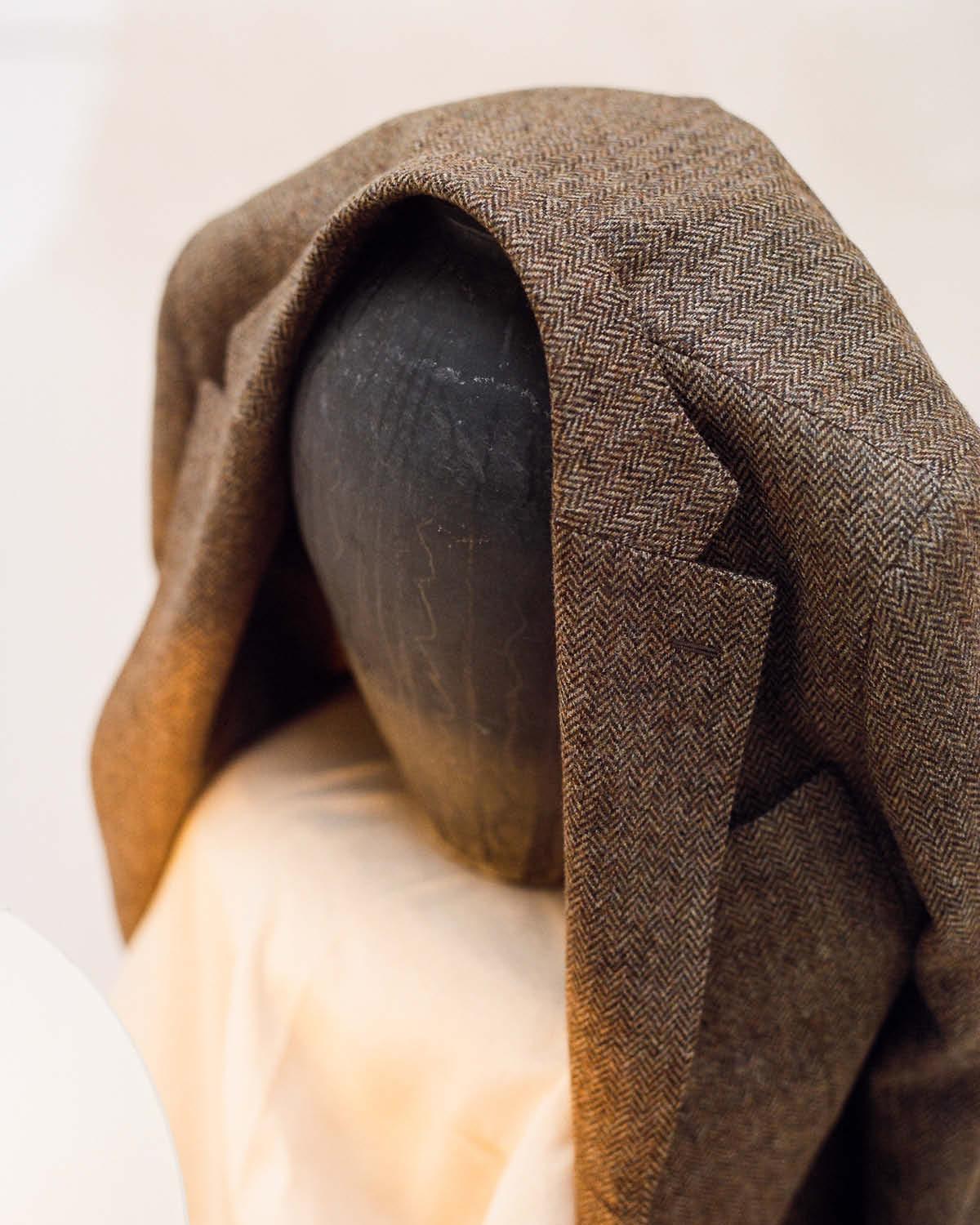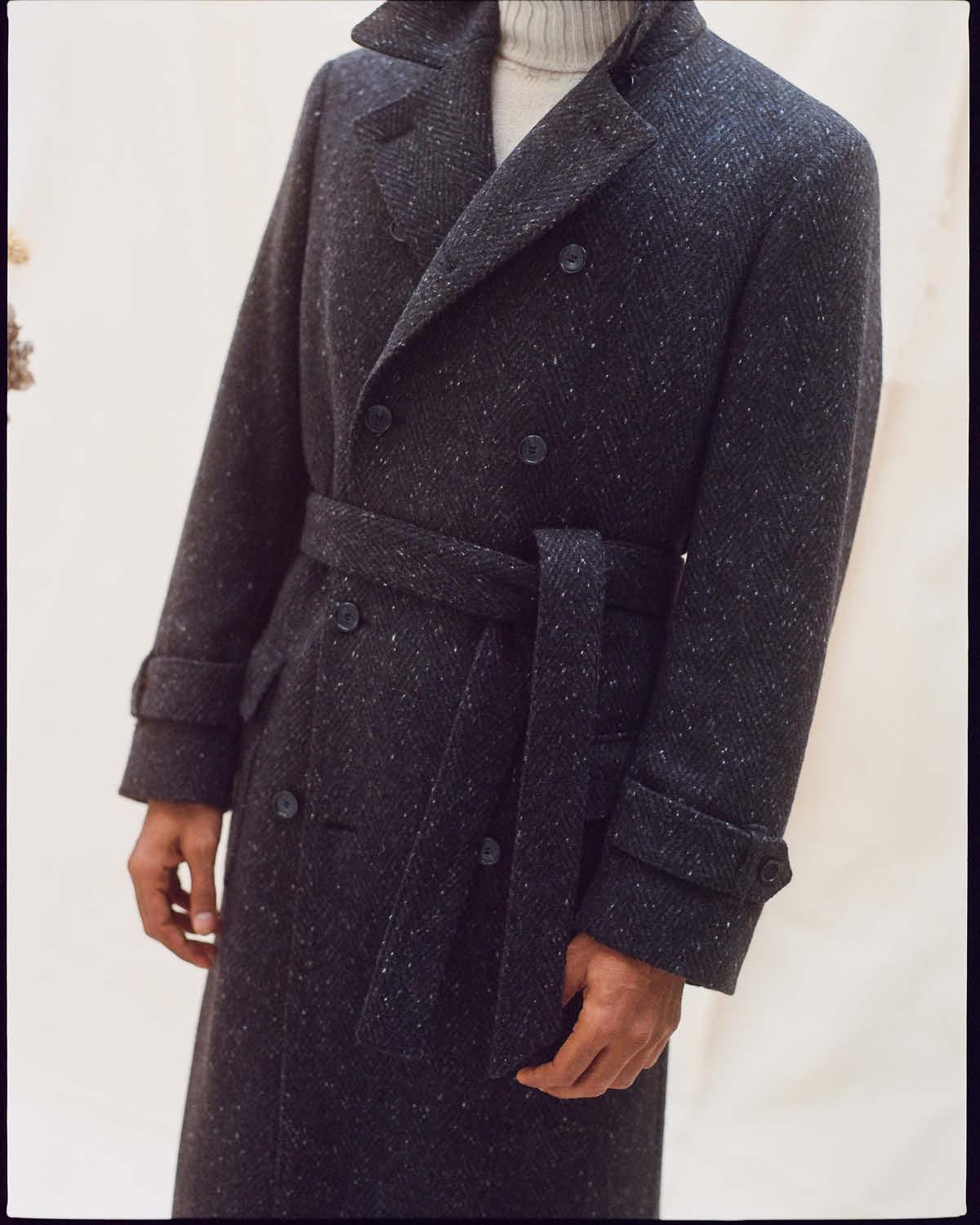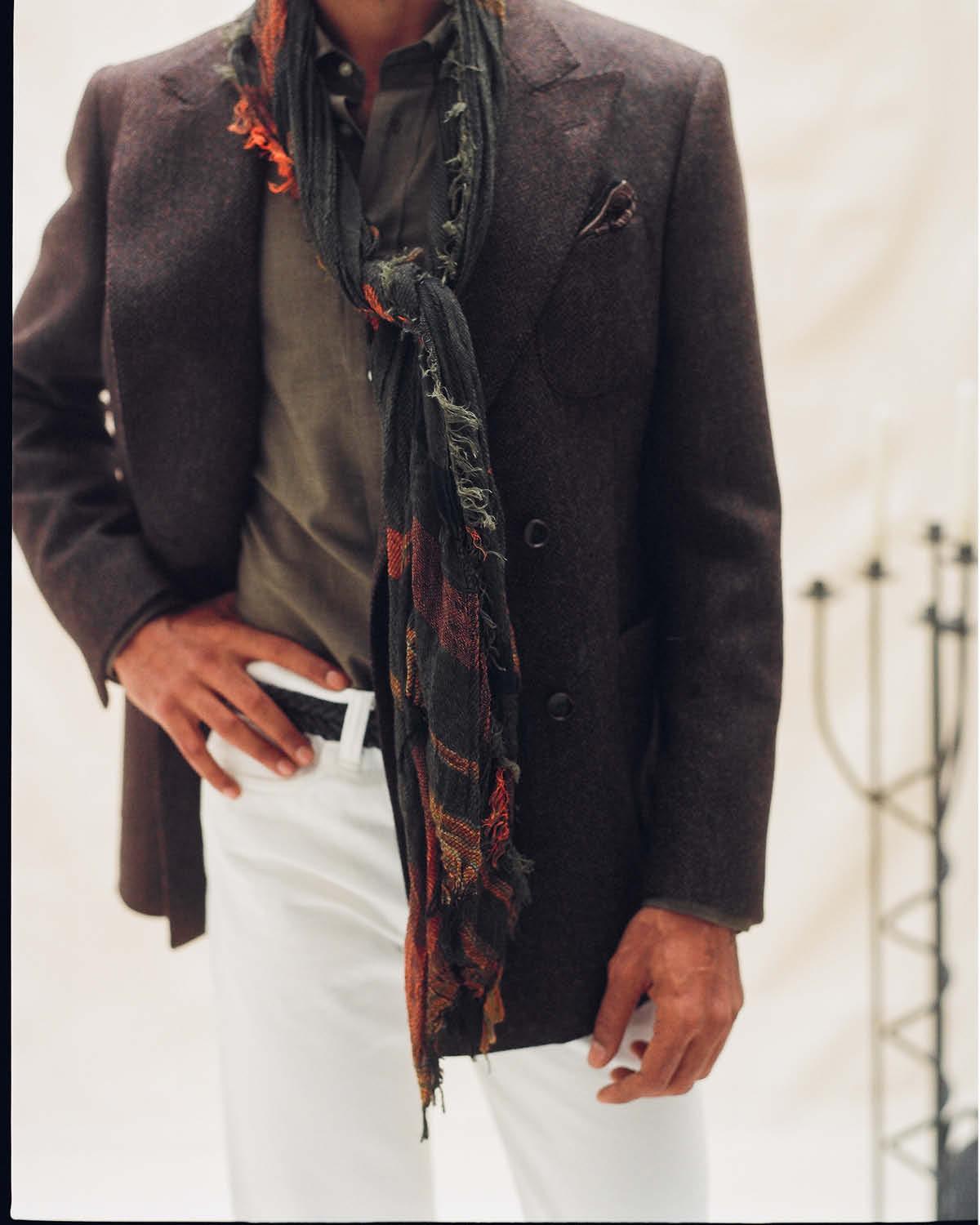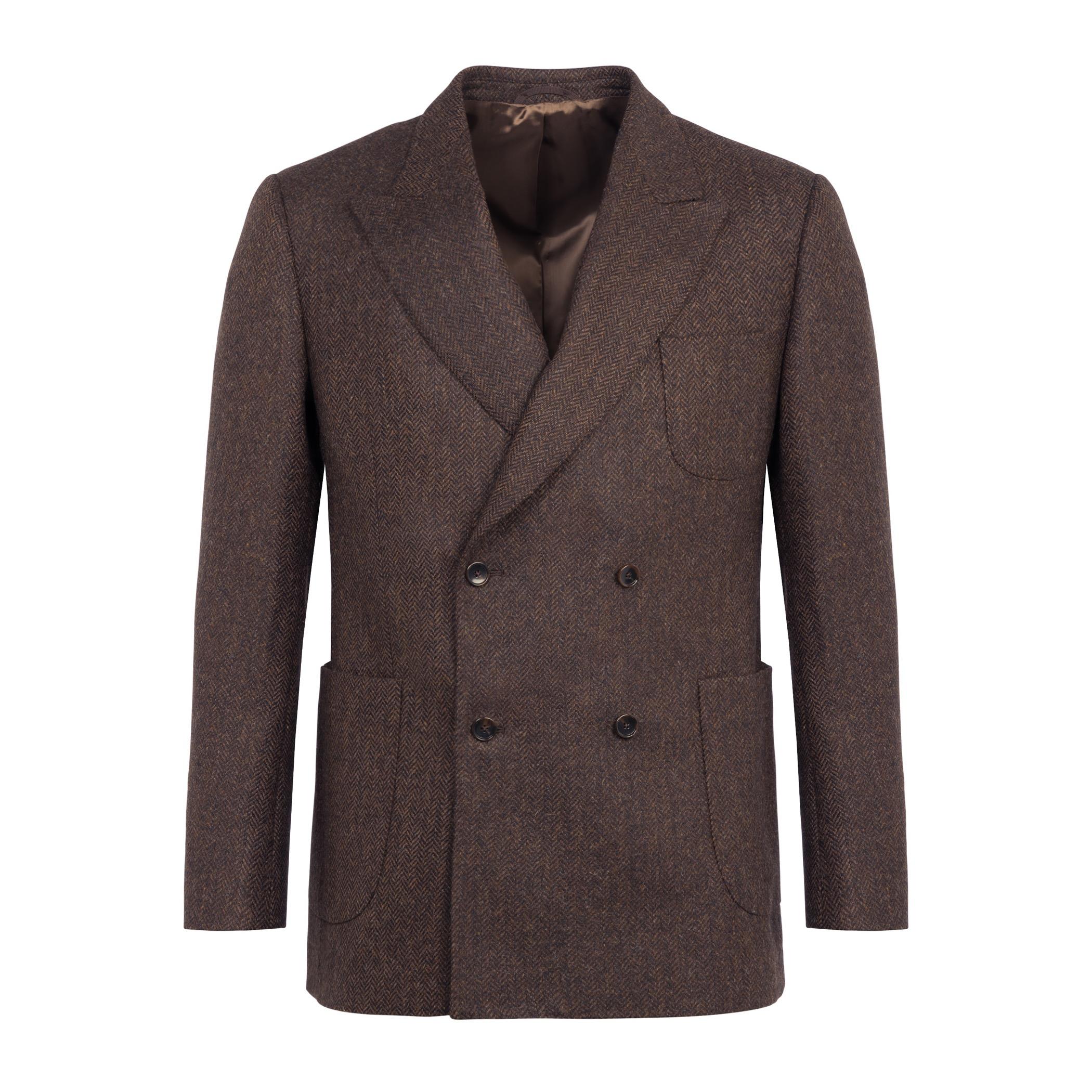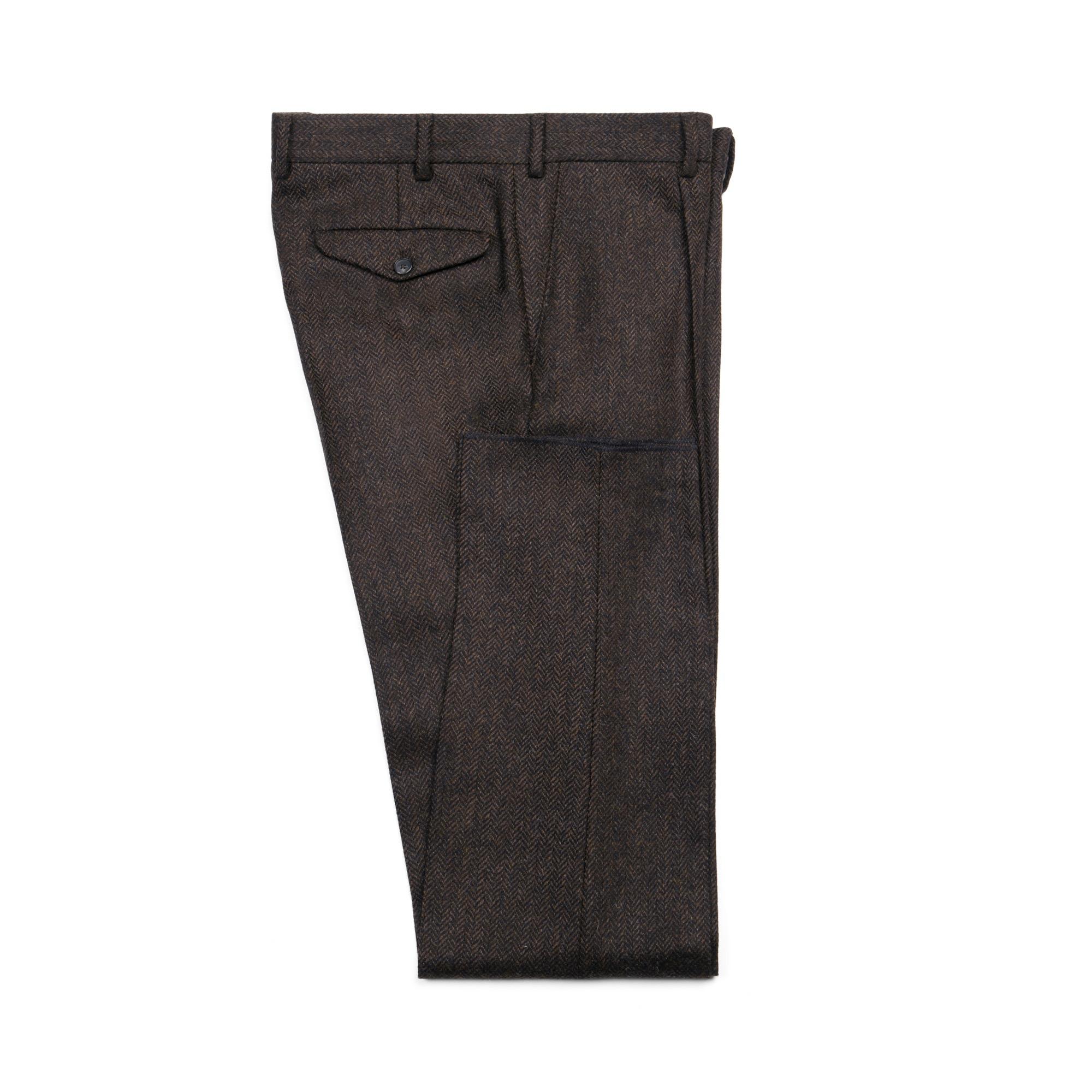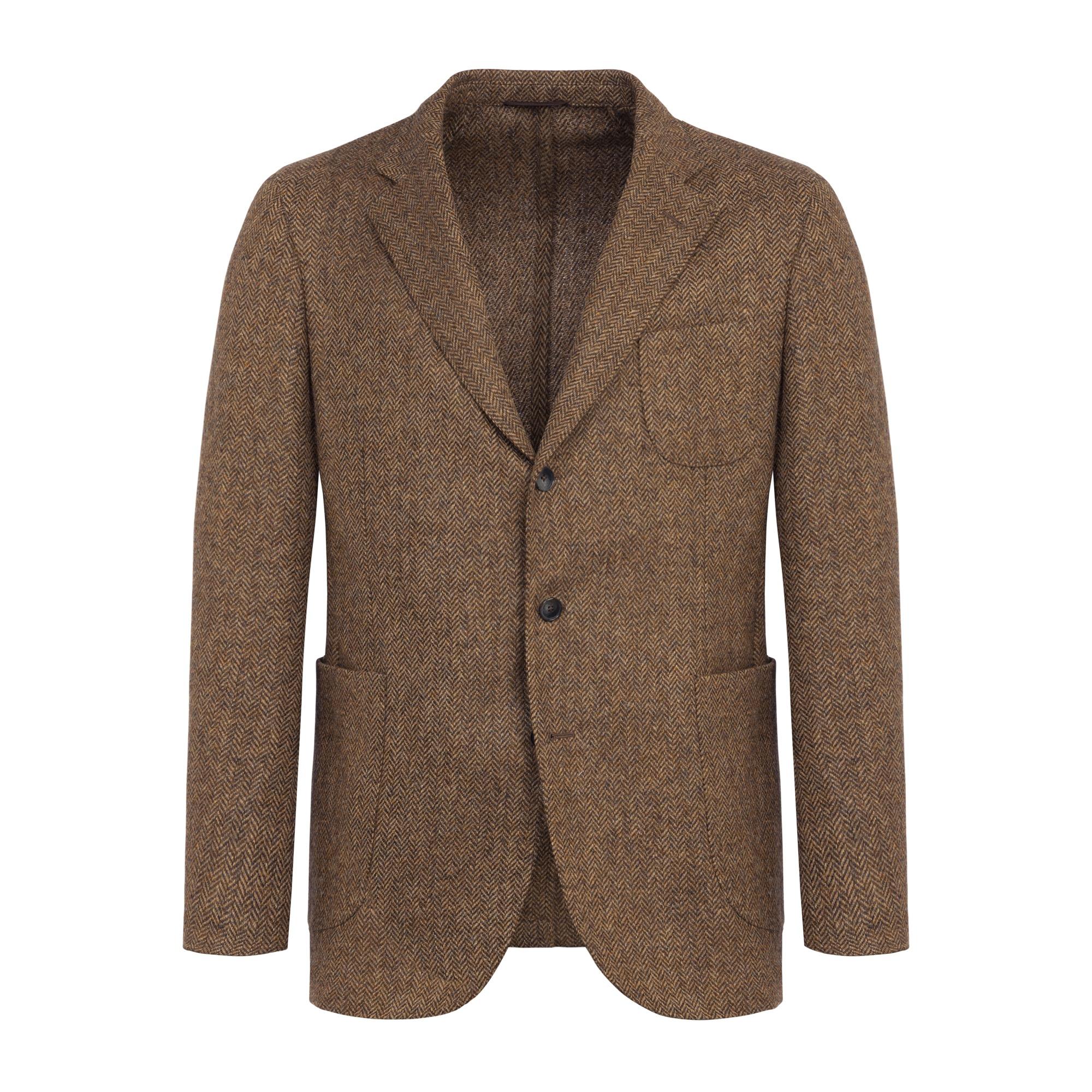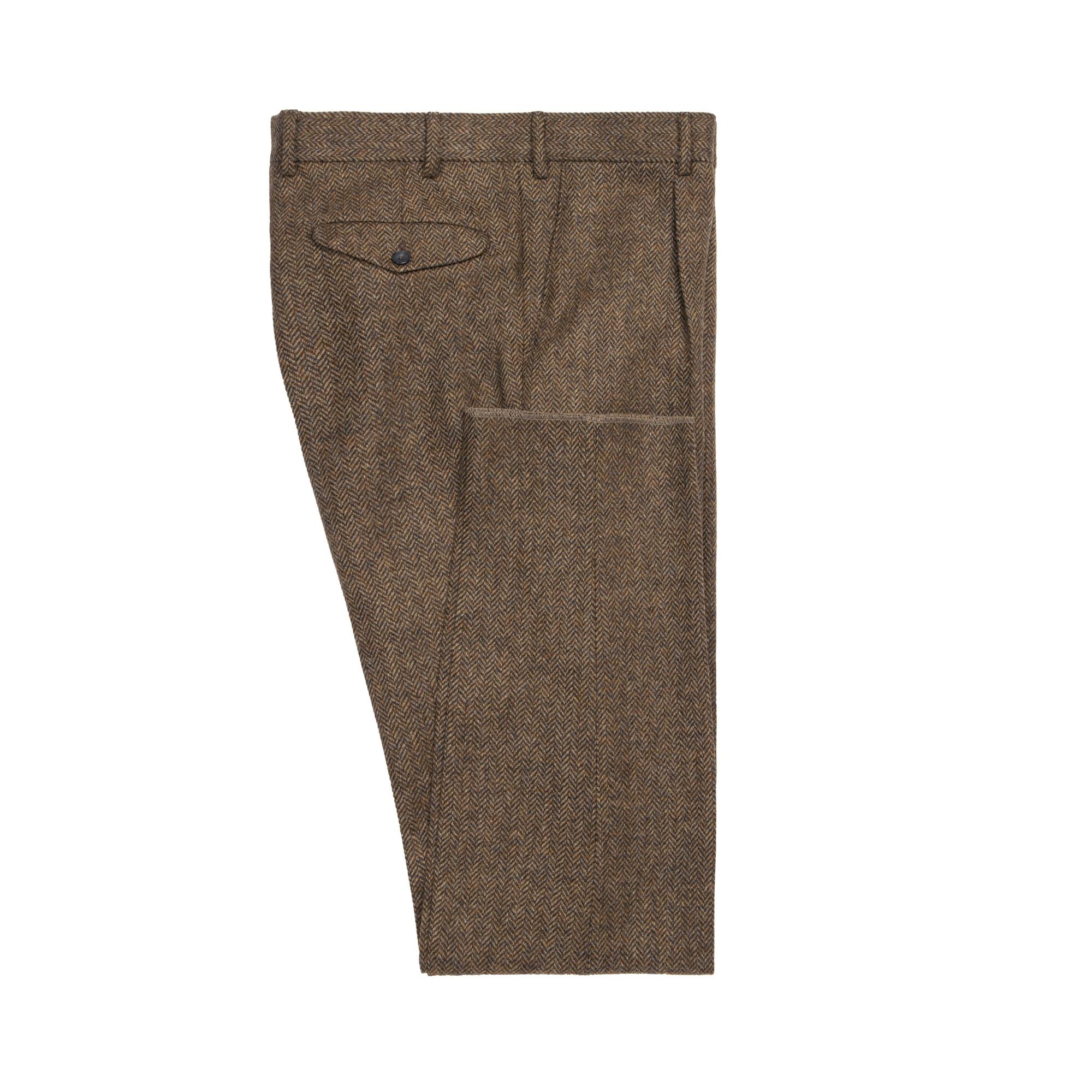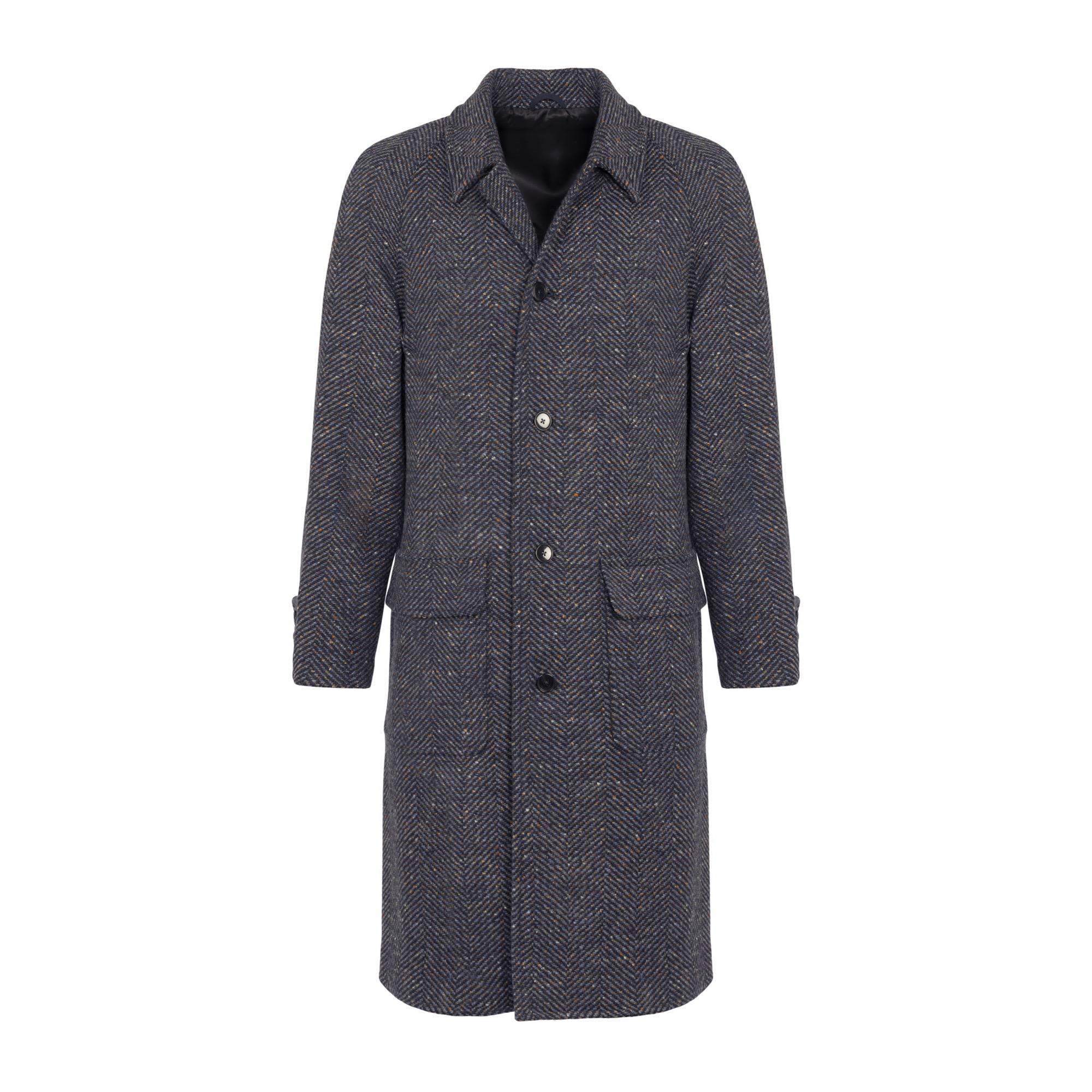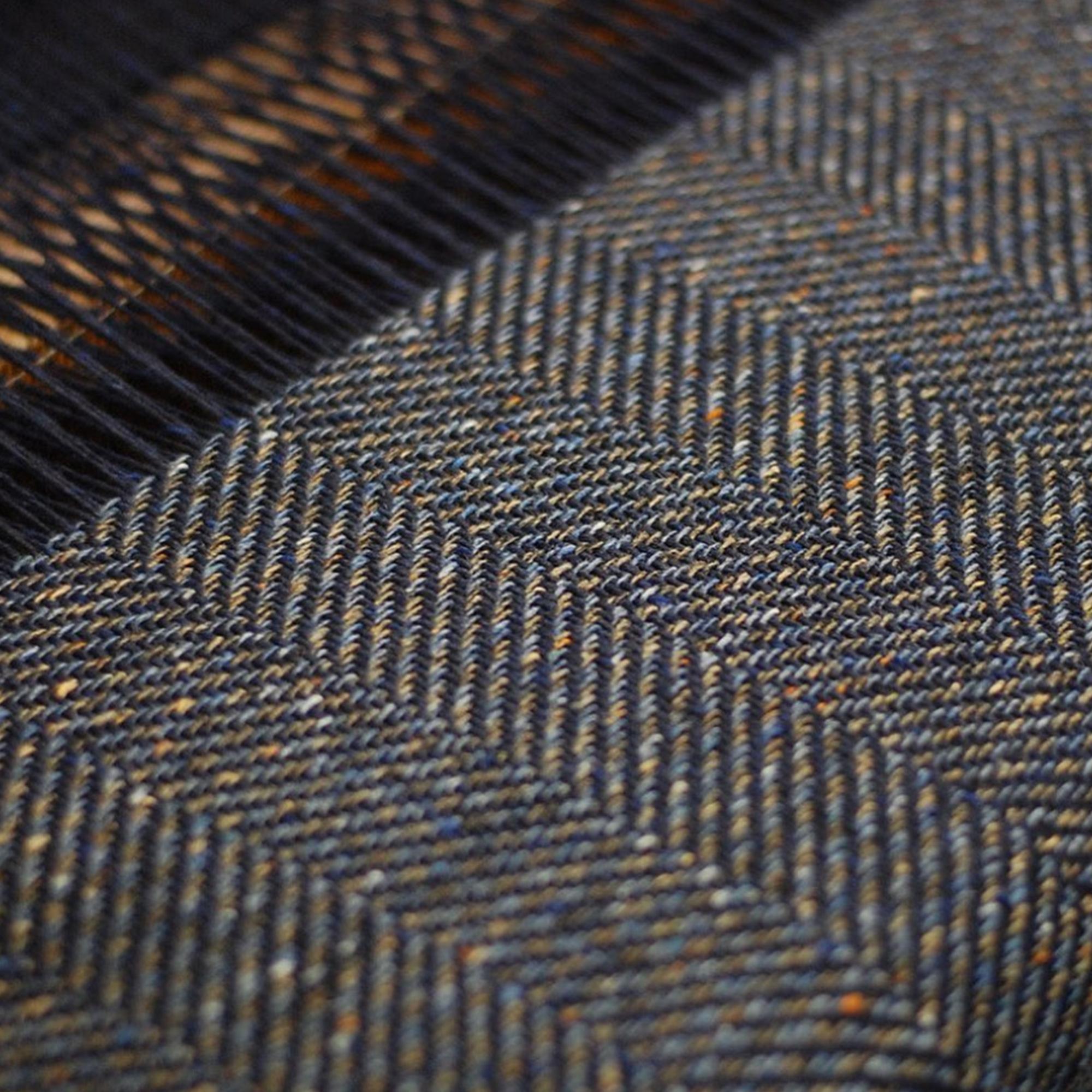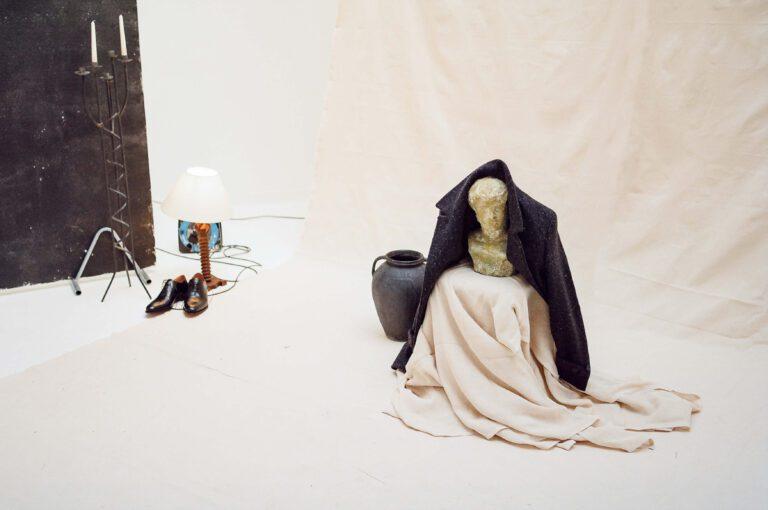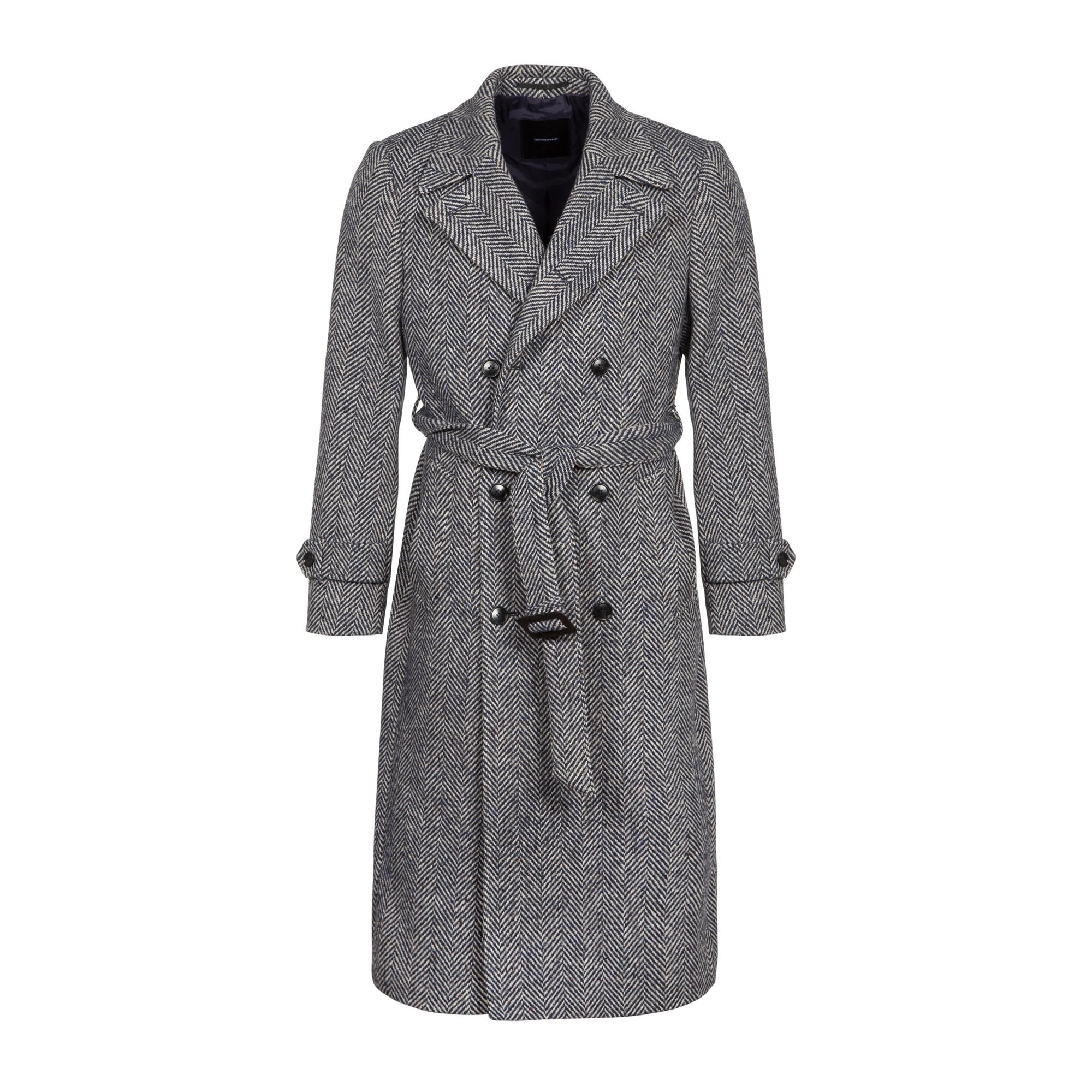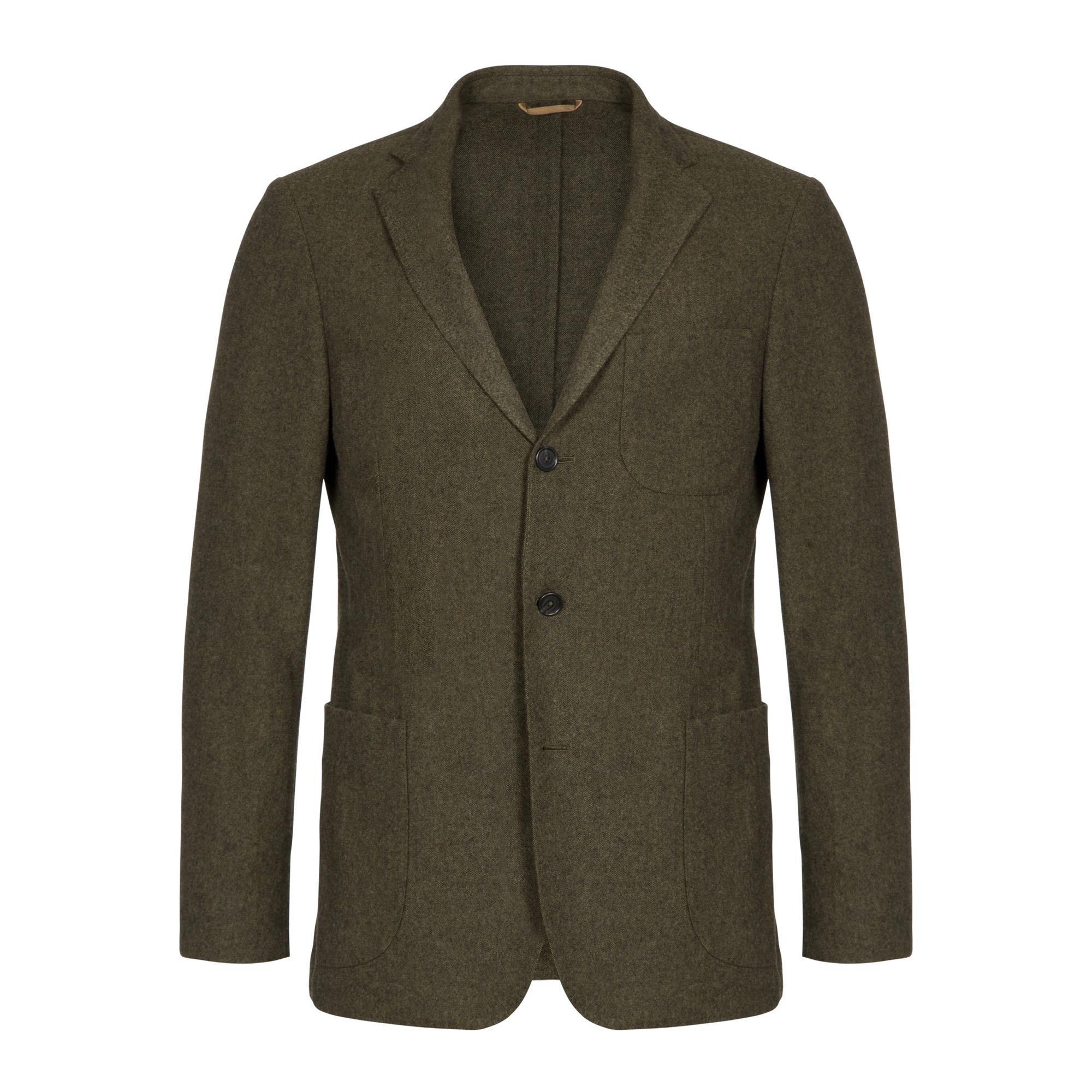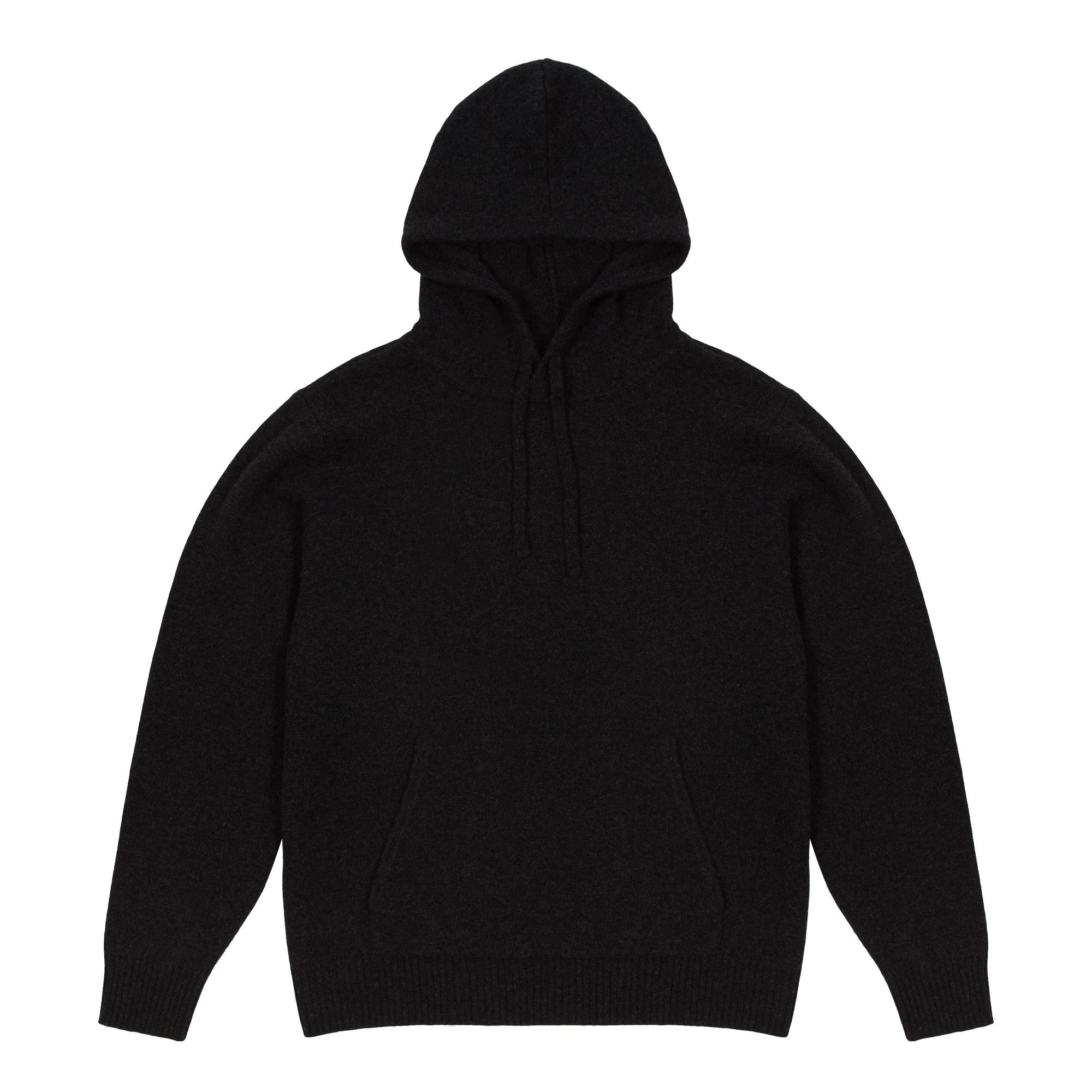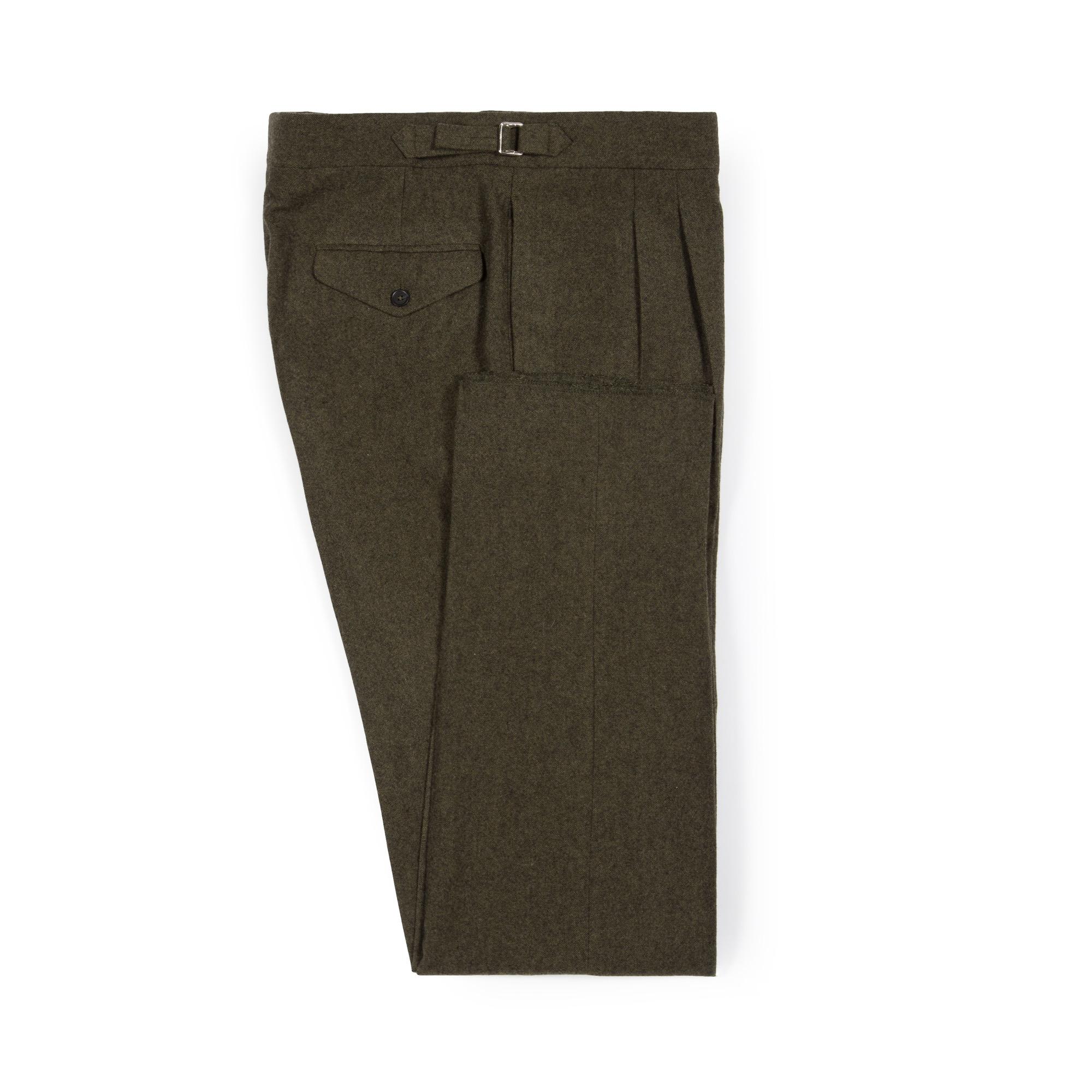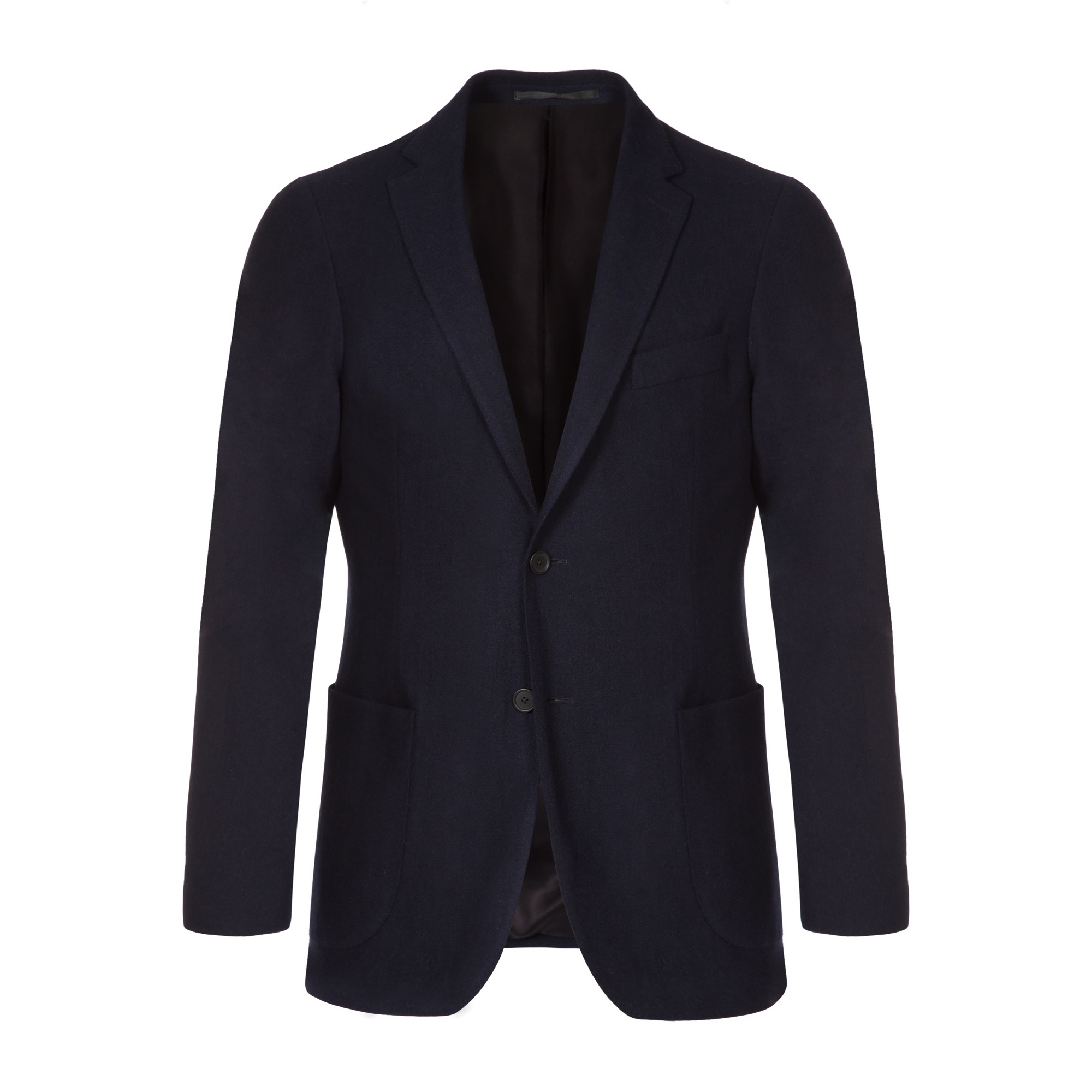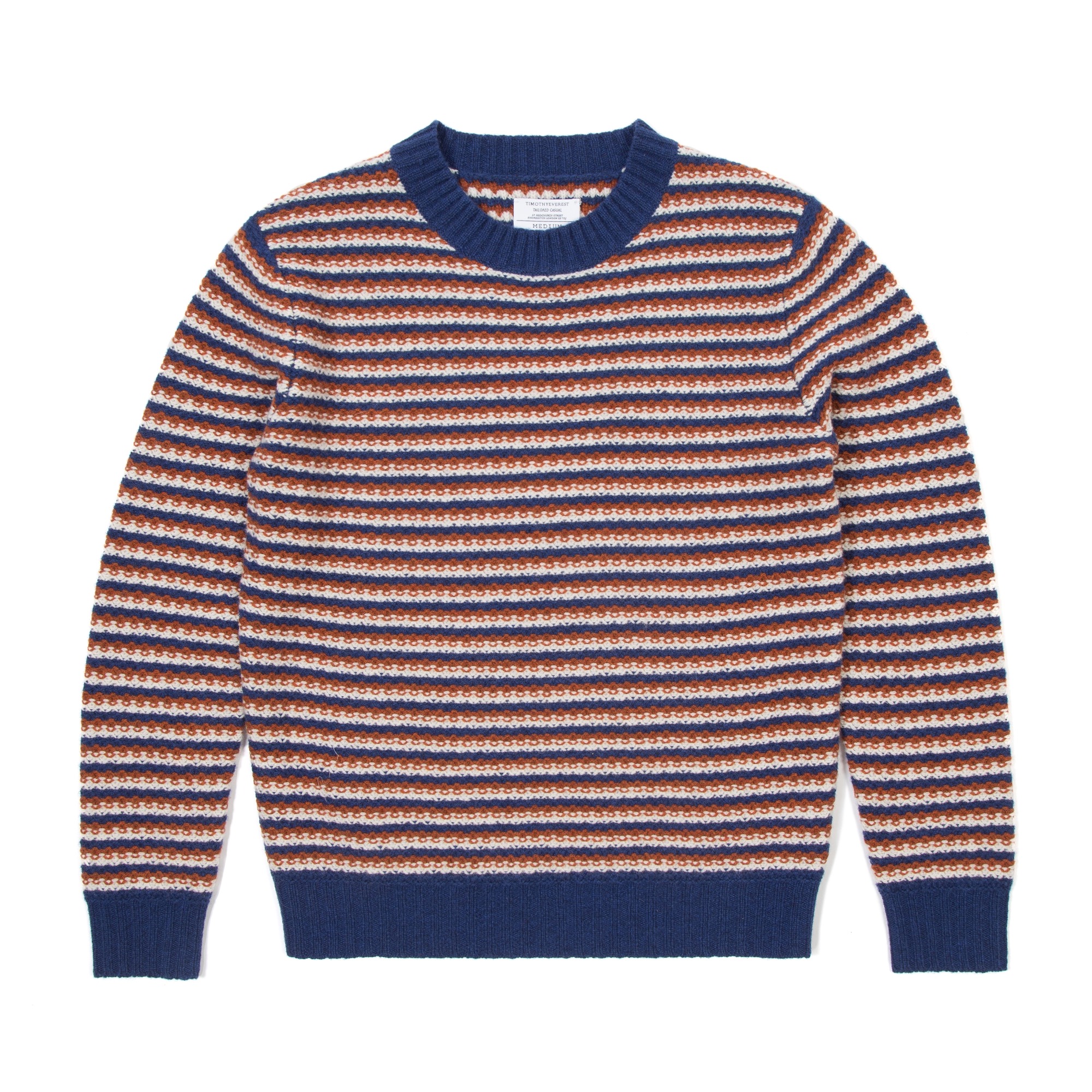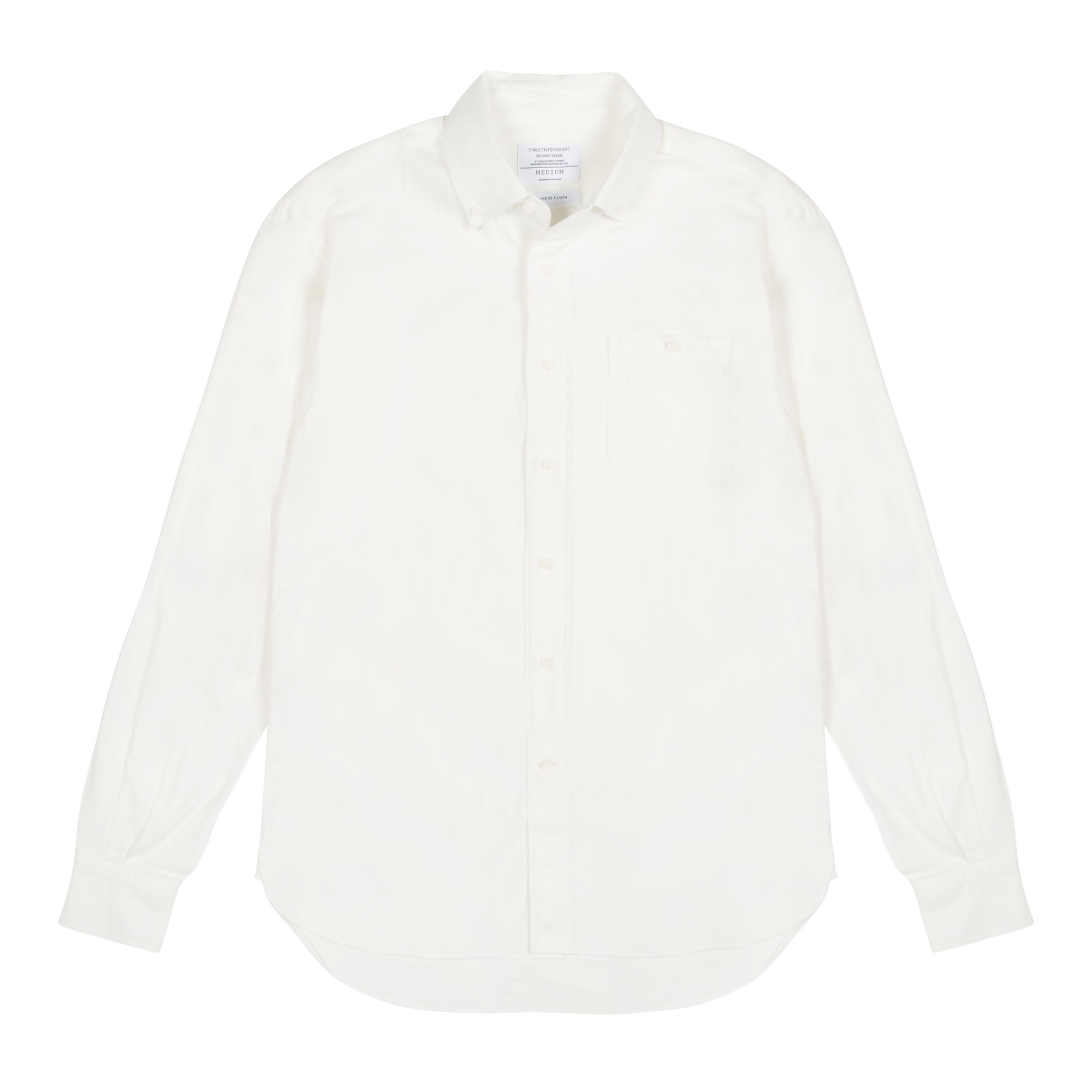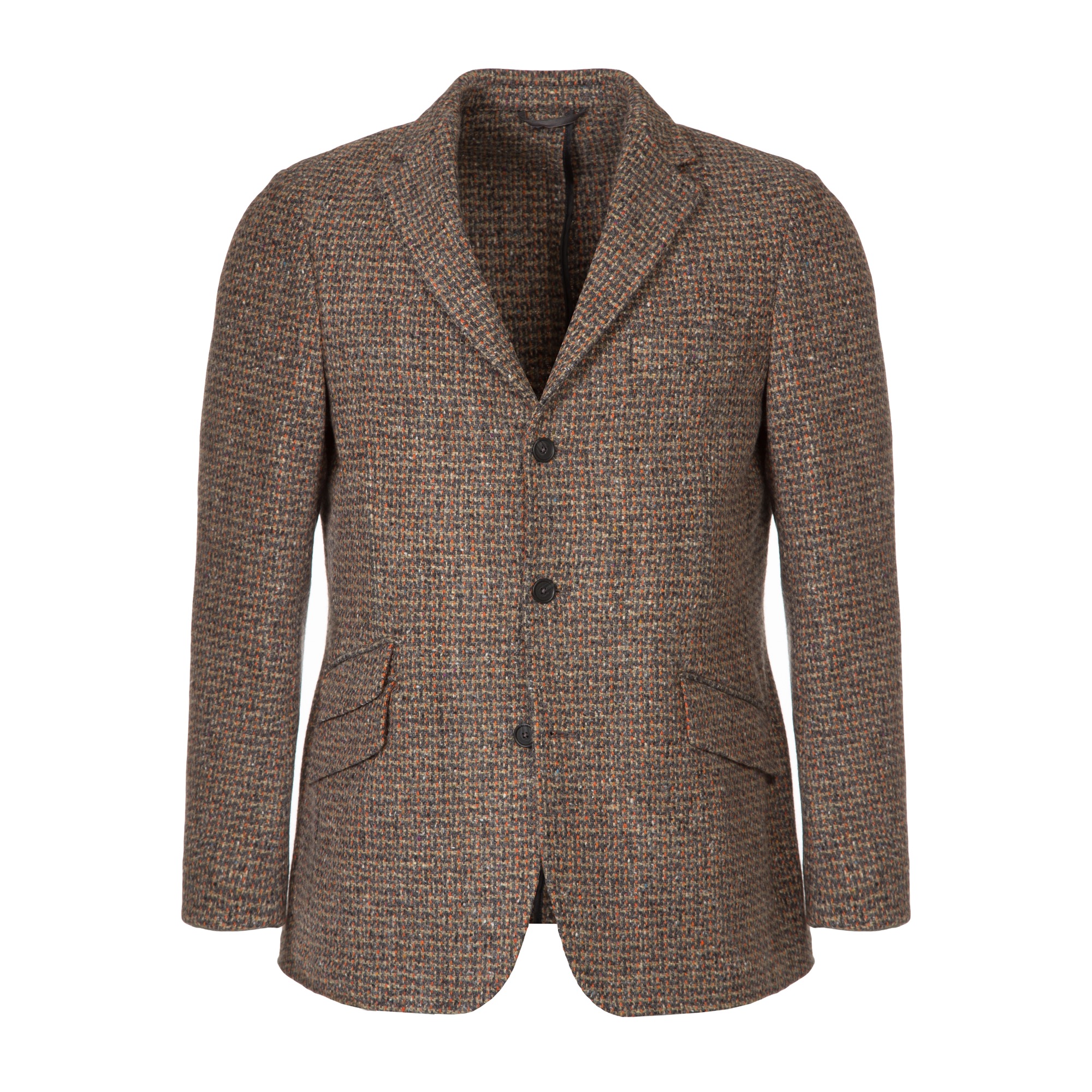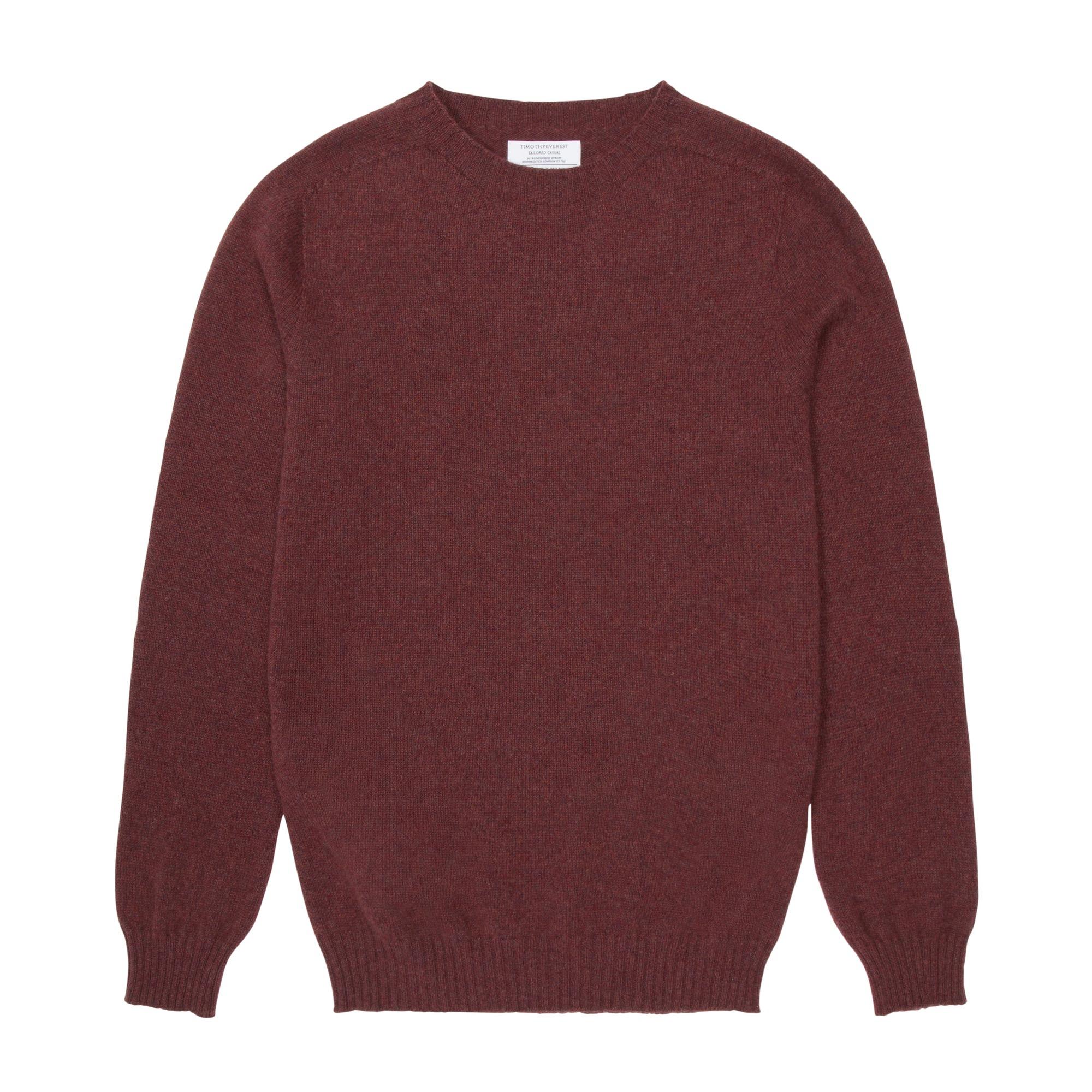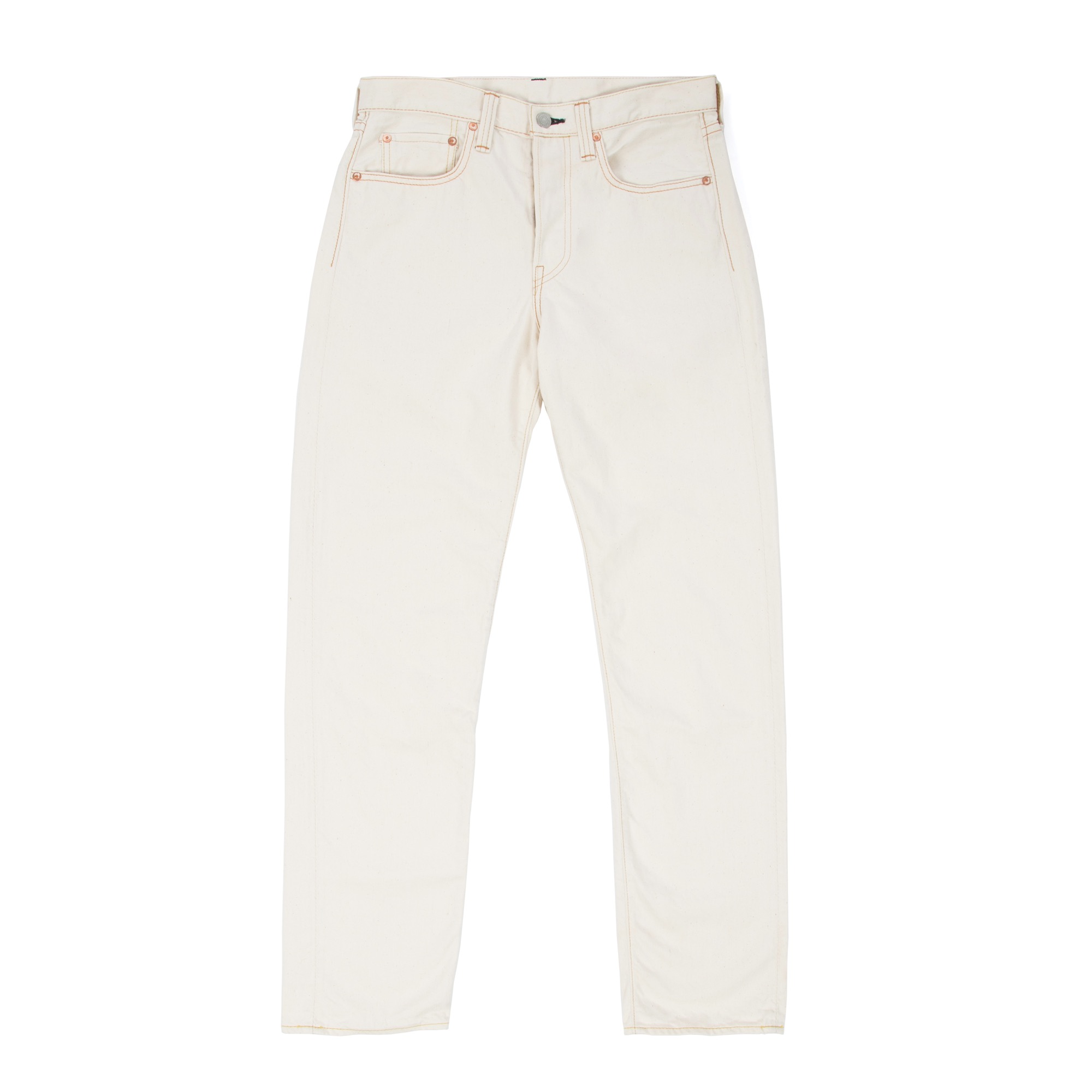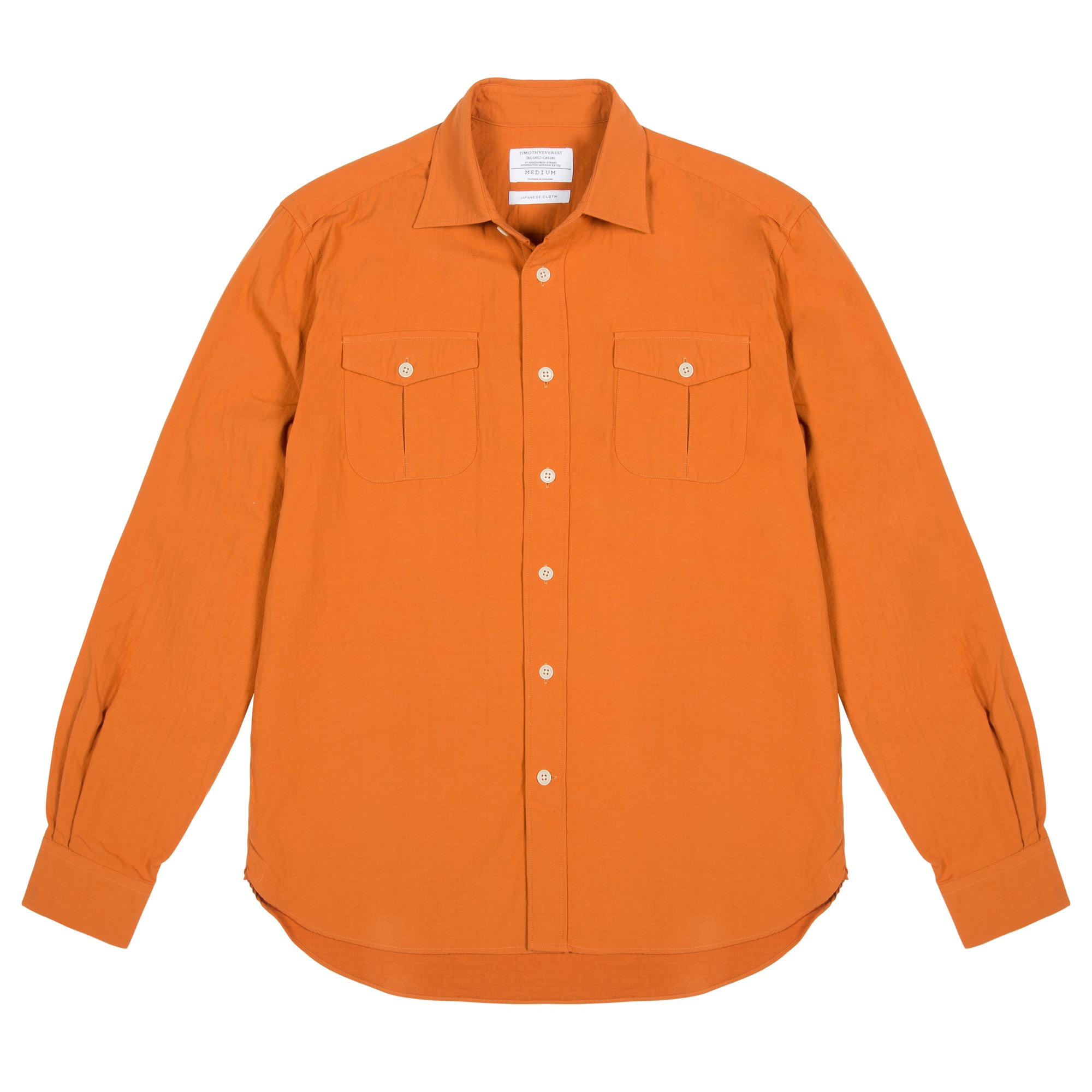The UK and Ireland’s rich tradition of woollen textile craft is almost certainly a product of its environment. It’s not just down to sheer luck that sheep-based yarns have been adored for thousands of years in this misty and mellow corner of the world. As the frost begins to bite in the southern lowlands and the snow gently dusts the hills of the north, the need for clothing that insulates and protects becomes a must for all who reside here. Garments spun from sheep fleeces have for centuries fulfilled this brief, but there’s one type of wool-based cloth that has endured more than most – herringbone.
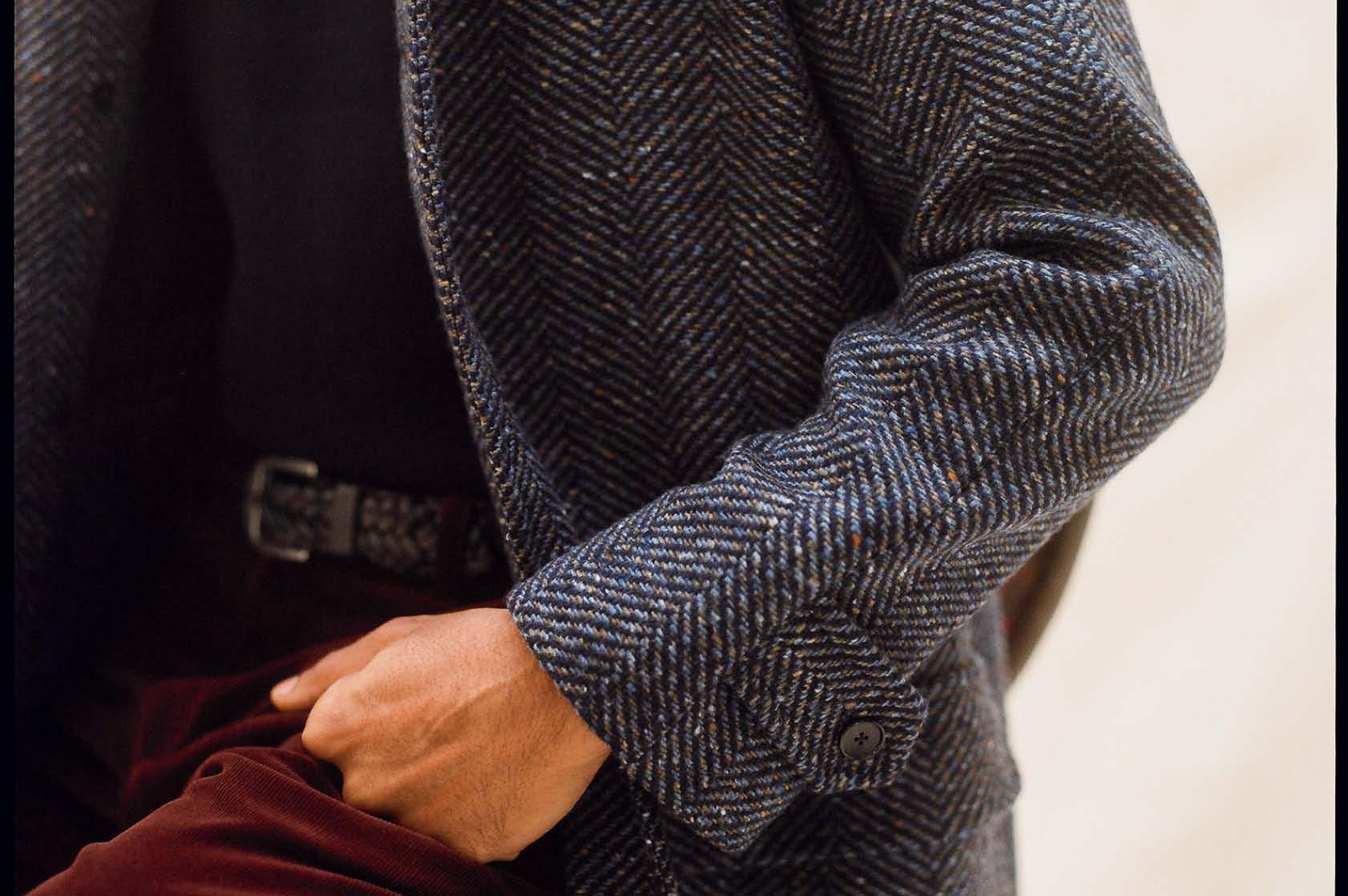
7th January 2023
Herringbone
Celebrating the Timeless Tweed
Also known as ‘’broken twill weave’, herringbone’s iconic zigzag design has infinite appeal. As with the coveted parquet flooring and brickwork of the same name, the pattern of the weave resembles the skeleton of a herring fish. Many styles of tweed are woven in a herringbone pattern, for both durability and its pleasing texture. The style has prospered for so long simply because it’s functional and beautiful. Everyone needs a herringbone or two to draw upon, especially in the cooler seasons.

Why specifically herring you ask? Nothing fishy about this design, but you may have to consult an Italian, as the herringbone pattern can be found in the architecture of both the Ancient Romans and more recent Renaissance-era buildings. Roman stone masons, responsible for those all-conquering roads, amongst many other engineering masterpieces, called it opus spicatum, Latin for spiked work. The staggered joins of the ‘bones’ or bricks make the structure virtually immovable and perfect for paving and masonry work. Weavers taking inspiration from architecture? Perhaps, as wool is naturally a delicate fibre, so looking to create more durable cloths, the herringbone design was established.
The same pattern can be traced to medieval Ireland, where one of the most famous herringbone tweeds hails; Donegal tweed is one of the more classic examples of herringbone still in use today. Thus herringbone established its tweed form in the woollen suits of Irish hunters and sportsmen in the 19th century and was largely woven by hand until the 1950s.
We currently offer a range of styles cut from herringbone tweeds.
The Herringbone Shetland Wool DB Jacket uses a cloth milled at Abraham Moon’s in West Yorkshire, an illustrious manufacturer established in 1837. The dark and nut-brown combination is an assuredly warm and distinctive tone, working with any number of outfits and colours. You can also match these with the accompanying trousers for a highly distinguished appearance.
For something a little more rustic in its cut and feel, with a certain academic aesthetic (think perhaps Robin Williams in Dead Poets Society), is the Tan Herringbone Shetland Wool Hoxton Blazer. This shade is workable for almost anybody from Melton Mowbray to Miami. The matching trousers are highly versatile and give you instant allegiance with any Oxbridge professor or chess master worth their salt.
And last, but absolutely by no means least, is the Carrick Raglan Coat, woven in the Donegal tweed style by our friend Sam Goates in Scotland, the beautiful hues of blue and heather make for a pattern of elegance and versatility, cut in length and shape that will fit for a lifetime.
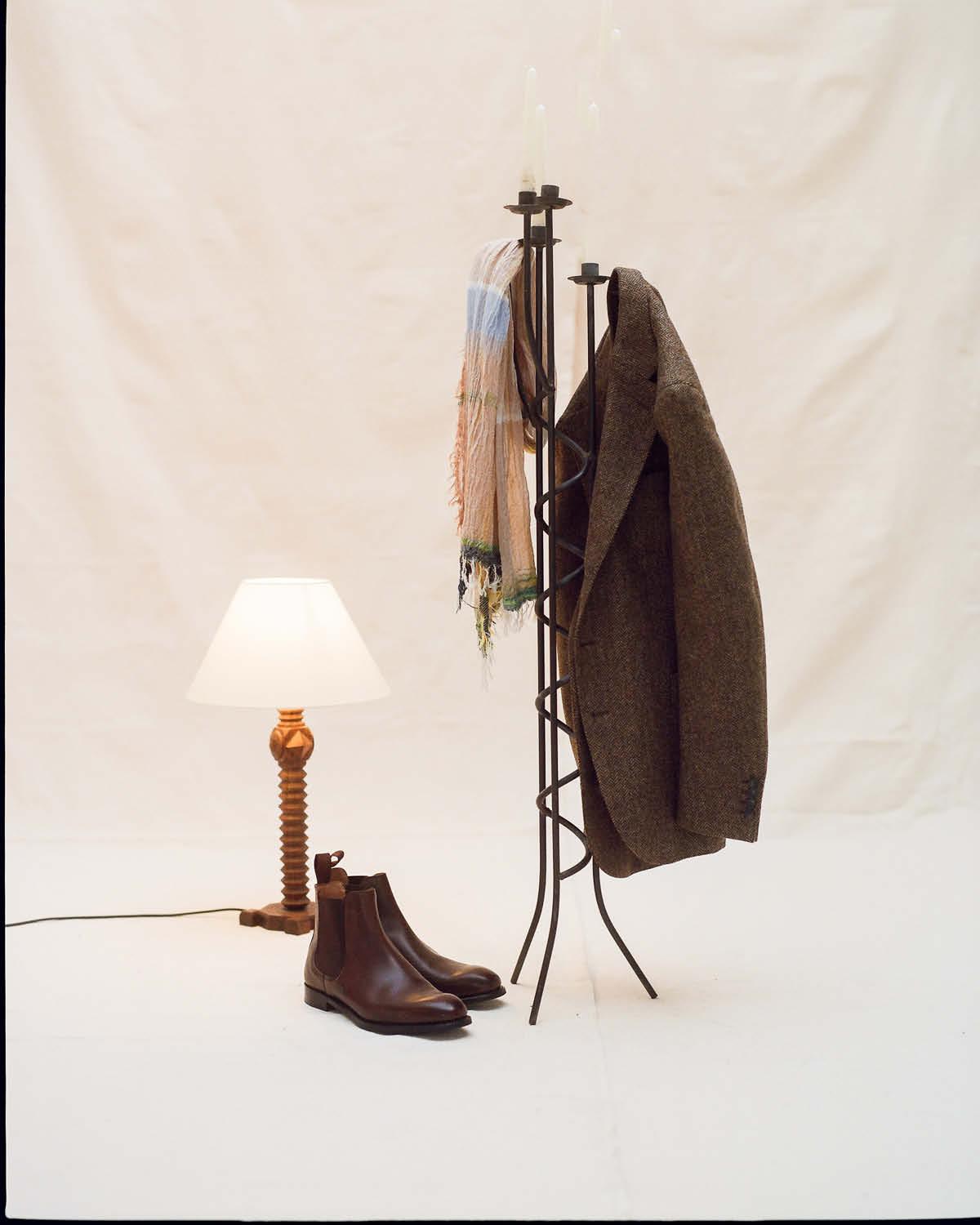
Oppps!! There is no product

